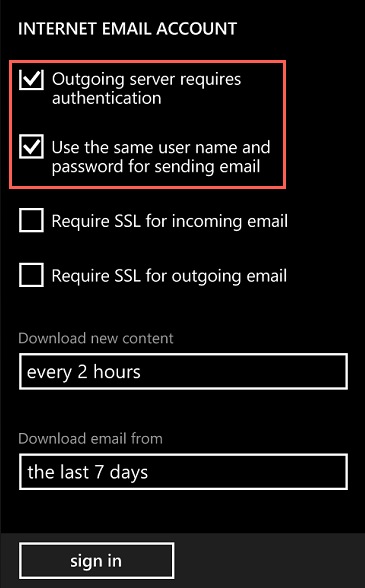


Var shippingControl = new pca.Address(shippingFields, shippingOptions) var billingControl = new pca.Address(billingFields, billingOptions) You will typically have one of the these objects for each of your address forms, so it is important to give them individual references or store them in a list. This is the main object for address capture on your address form and provides all methods and properties to customise the address capture experience. var control = new pca.Address(fields, options) When you instantiate a new pca.Address object you will get a reference to an object commonly referred to as the control object. The culture is based on 2-character code (e.g. The language is automatically detected from the user's web browser but we also provide a culture option and setCulture method. Languageīoth the control and web service API support a variety of language cultures. This information is provided in a standard format, which is an array of objects that have an element, field and optional mode property. It also needs to know which fields should be used for searching and which field (if any) contains the country. The address capture control needs to know which elements of the address should be put into each of your fields. You will need to include the Javascript and CSS files on your website. Address Verification will help them avoid mistakes as they enter their address, but you can still allow them to modify it and add extra detail where necessary. Do not force too much validation upon the user.Make use of HTML label elements and input placeholder attributes. Let the user know what kind of information you want from them.

You can prefix or suffix each id to distinguish between different address forms, e.g. An id which is related to the information you are expecting to capture will be helpful, for example: “line1”, “line2”, “city”, “state”, “postcode”, “country”.


 0 kommentar(er)
0 kommentar(er)
